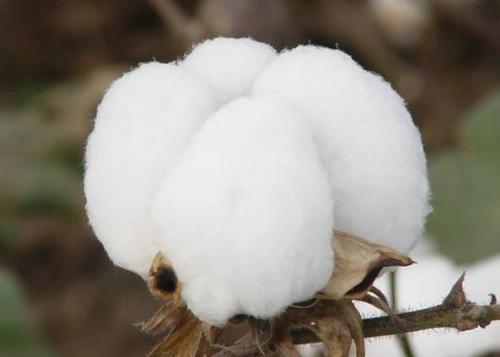
According to the request of the Central Document No. 1 of 2014 on the launch of the pilot reform of cotton target prices in Xinjiang, on April 5, with the approval of the State Council, the National Development and Reform Commission, the Ministry of Finance, and the Ministry of Agriculture jointly issued 2014 cotton target prices at a price of 19,800 yuan per ton. yuan. This not only marked the start of the pilot reform of cotton target prices in Xinjiang, but also marked the end of the policy of open temporary purchase and storage of cotton in countries where Xinjiang was implemented for three years.
It is understood that after implementing the cotton target price policy, the temporary purchase and storage policy will be cancelled, and producers will sell cotton at market prices. When the market price is lower than the target price, the state will subsidize the producer in the pilot area according to the difference between the target price and the market price and the planting area, output or sales volume; when the market price is higher than the target price, the country will not issue subsidies. .
Last year, the total cotton planting area in Xinjiang was 25.38 million mu, and the total cotton output was 3.518 million tons. The total output was ranked first in the country for 20 consecutive years, and it was the cotton production area with the most comparative advantage.
Since 2011, the country has adopted an interim cotton purchasing and storage policy, which has played an important role in stabilizing domestic cotton production and protecting the interests of farmers. However, as the price in the international market continues to decline, the contradiction between the cost of cotton imports and the price of temporary purchases and storages has become increasingly prominent. The pressure on the state to collect and store reserves has risen sharply and market vitality has weakened, which is not conducive to the sustained and healthy development of the entire industry. Launching trials on cotton target price reform and exploring reforms to promote the decoupling of agricultural product price formation mechanisms from government subsidies are conducive to giving full play to the decisive role of the market in resource allocation and ensuring the coordinated development of upstream and downstream industries in the cotton industry.
The target price policy is an agricultural support policy that protects the interests of producers through differential subsidies based on the market price of agricultural products.
The direction of the cotton target reform is to simply set the minimum price and the temporary purchase and storage of cotton, and shift to gradually implement the target price. The government gives a forecast price level. After the actual price is produced by cotton, it is determined according to the changes in the supply and demand of the market. The specific subsidy distribution method is formulated by the pilot area and announced to the public.
The Xinjiang Uygur Autonomous Region Development and Reform Commission stated that the Autonomous Region is formulating specific pilot programs and strive to implement them at an early date.
Twill Rayon Printed,Rayon Screen Printed,Rayon Printed,Rayon Fabrics
Shaoxing Shangda Textile Co., Ltd , https://www.shangdatex.com